Energy & Sustainability
“MMML의 궁극적인 목표는 실험실에서 제작된 고도화된 재료 (Advanced Materials)를 분자수준 분리기술이 사용될 수 있는 필드에 접목시킬 수 있는 플랫폼 기술을 개발하는 것입니다. ”
Molecular Separations
어떤 물질을 분자 수준에서 분리해낼 수 있는 기술은 현대 사회를 지탱하는 기반 기술중의 하나입니다. 실생활과 밀접히 관련된 거의 모든 분야 (예시: 깨끗한 물, 깨끗한 공기, 정유, 바이오리파이너리, 석유화학 제품, 의약품, 기후변화 대응기술 등) 및 그 이상에서 현재의 기술을 뛰어넘는 첨단 저에너지, 저탄소 분리 기술이 실현될 수 있다면 전 세계적으로 막대한 양의 에너지를 줄일 수 있습니다.
MMML은 세계에서 가장 까다롭고 중요한 분리공정에 저에너지 솔루션을 제공할 수 있는 새로운 흡착제 및 멤브레인을 개발하는 연구에 집중하고 있습니다. 새로운 소재를 만드는것 외에도, 이러한 소재를 스케일 가능한 모듈식 시스템 및 디바이스에에 접목시켜 실제 필드에서 요구되는 문제를 해결하는데 주목하고 있습니다.
MMML의 최종 목표는 랩에서 얻어진 다양한 데이터와 인간의 가이드를 통해 머신 인텔리전스를 강화하고, 연구자들이 통계모델링 또는 커맨드라인을 쓰지 않고도 복잡한 지속 가능성 과제를 해결할 수 있는 세계 최고 수준의 분자 수준 분리 과학 (separation science)을 달성하는 것입니다.
Research Focus
Membranes
Membranes for Complex Hydrocarbon Separations (Raw Crude Oil, E-Fuels, Biodiesels)
High-Performance Carbon Molecular Sieve Membranes for Gas Separations (Hydrogen and Light Hydrocarbons)
Module Scale-Up and Process Engineering (including Membrane Contactors)
Membrane and Module Modeling
Materials & Systems
Direct Air Capture (DAC) Systems (Fibers, Laminates, Bobbins, Boxes) & Electrified DAC Systems (e-DAC)
Electrochemical Direct Ocean Capture (e-DOC) Systems
Ultrahigh-Purity Hydrogen (H2) Production
Integrated Membrane Reactors for CO2 Utilization (RWGS, CO2 Hydrogenation)
Reactive Capture and Conversion (RCC)
Dry Carbonation
Machine Intelligence
Reinforcement Learning-based Cognitive Optimization Agents
Bayesian Optimization for Advanced Decision Making


